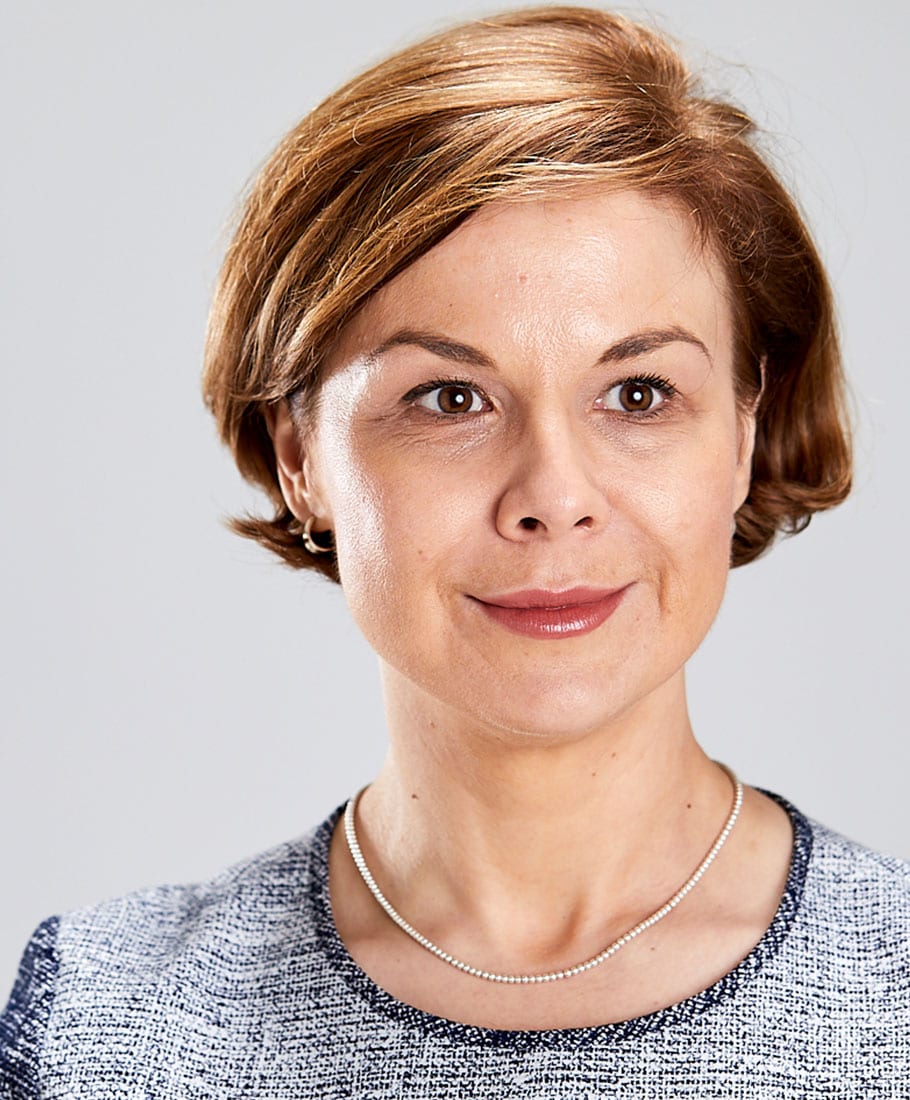Procedures
BCC Removal Surgery

Basal cell carcinoma is the most common type of skin cancer, predominantly caused by long-term exposure to ultraviolet (UV) radiation, either from the sun or from artificial sources like tanning beds. Despite its prevalence, it is often caught at an early stage, which allows for successful removal through surgery. The primary goal of BCC removal surgery is not only to eradicate the cancerous cells but also to achieve the best possible cosmetic outcome, especially when the carcinoma is located in visible areas such as the face or neck.
If you or someone close to you has been diagnosed with basal cell carcinoma (BCC), understanding the potential treatment options, specifically BCC removal surgery, is an important step in managing the condition. This type of skin cancer, while generally not life-threatening, can lead to significant tissue damage if not addressed promptly. The prospect of surgery can be intimidating, but gaining a clear understanding of what it involves will help you navigate your treatment with greater assurance.
At a glance
Depends on the size and location
Local anaesthesia
Depends on the type of procedure.
Table of Contents
What is BCC Removal Surgery?
BCC removal surgery is a medical procedure aimed at excising basal cell carcinoma, which is the most prevalent form of skin cancer globally. This cancer originates from the basal cells, located in the deepest layer of the epidermis. It tends to appear in areas most exposed to the sun, such as the face, neck, back, and arms. Fortunately, BCC is usually slow-growing and confined to the surface of the skin, which makes it highly amenable to surgical removal.
The surgery focuses on completely removing the cancerous tissue, ensuring it hasn’t spread, and preserving as much of the surrounding healthy skin as possible. The procedure’s success largely depends on early diagnosis and the cancer’s size, type, and location. For BCCs that are small and have not spread, surgery can often be curative, with minimal risk of recurrence or significant scarring.
Who Needs BCC Removal Surgery?
BCC removal surgery is primarily recommended for patients who have been diagnosed with basal cell carcinoma. This form of skin cancer, while typically not aggressive, requires treatment to prevent it from spreading and causing significant disfigurement, particularly when located on visible areas of the body such as the face.
Individuals best suited for this surgery are those with a confirmed diagnosis of BCC through a skin biopsy. Early-stage tumours that are small, well-defined, and located on less cosmetically sensitive areas are often straightforward to treat surgically. However, those with larger, more aggressive, or recurrent BCCs might need more complex procedures to achieve clear margins, meaning no cancer cells are left at the edges of the removed tissue.
Certain people are at a higher risk of developing BCC and may consequently be more likely to require surgery. These risk factors include having a fair complexion, a history of excessive sun exposure or sunburns, a family history of skin cancer, the presence of many moles or abnormal moles, and a personal history of skin cancer. People with compromised immune systems, either due to a medical condition or certain medications, are also more susceptible to developing BCC.
Ultimately, the decision to proceed with BCC removal surgery should be made after a thorough discussion with Anca. This discussion should cover the potential benefits and risks associated with the surgery, alternative treatment options, and the expected outcomes.
Benefits of the BCC Procedure
The primary advantage of this surgical intervention is the high success rate in completely removing the cancer, particularly when it is detected early and treated promptly. Here are the main benefits that underline the importance of considering this surgical option:
- High Cure Rate: Surgery typically offers the best cure rates for BCC, especially when the cancer is localised and has not spread to other parts of the body.
- Prevention of Spread: By physically removing the cancerous cells, surgery ensures that the growth is halted, and the risk of metastasis, or spread to other parts of the body, is minimised. Although BCCs are less likely to metastasise compared to other skin cancers, removing them completely provides a safeguard against this rare possibility.
- Cosmetic Outcomes: Given the frequent occurrence of BCCs on visible areas such as the face, another significant benefit of surgical treatment is the focus on aesthetic outcomes.
- Quick and Localised Treatment: Most BCC removal surgeries are performed as outpatient procedures under local anaesthesia, which means they are relatively quick and do not require a hospital stay. This makes the treatment less disruptive to your daily life and reduces overall recovery time.
- Immediate Results: Surgical treatment provides immediate results in terms of cancer removal, with pathology during or shortly after the procedure confirming that all cancerous tissue has been removed. This immediate feedback can be reassuring, reducing anxiety about the presence of ongoing cancer.
- Customisable to Individual Needs: The surgery can be tailored to the specific requirements of the tumour and the patient, taking into account factors like the tumour’s size, location, and the patient’s medical history. This customisation ensures that the treatment is as effective and efficient as possible.
Types of BCC Removal Procedures
Excisional Surgery
This is a straightforward procedure where Anca cuts out the cancerous tumour along with a margin of healthy skin around it. The size of the margin taken depends on the size and location of the tumour. The removed tissue is then sent to a laboratory to ensure that all cancer cells have been excised. This method is commonly used for BCCs that are small and located in less cosmetically sensitive areas.
Curettage and Electrodessication
This method involves scraping off the cancer with a curette (a sharp, ring-shaped instrument) followed by the application of an electric current to the area to destroy any remaining cancer cells. This technique is often used for smaller, less aggressive BCCs and may be repeated during the same session to ensure thorough treatment.
Cryosurgery
This involves freezing the cancer cells with liquid nitrogen. The extreme cold causes the cells to die, and the area then scabs over and eventually falls away. Cryosurgery is generally used for small, superficial BCCs and is valued for its simplicity and minimal scarring.
Laser Surgery
Utilising a focused beam of light to vaporise cancerous tissue, this method is typically reserved for superficial BCCs. It’s less invasive than some other techniques and can be effective for lesions in difficult-to-reach places.
How is the BCC Removal Procedure Performed?
The process of undergoing BCC removal surgery can vary significantly depending on the type of procedure chosen. Each method involves different techniques and preparation, but all aim to remove the cancerous tissue effectively while minimising damage to surrounding healthy skin. Here’s a closer look at what to expect during the BCC removal process for the different surgical options:
Excisional Surgery:
- Preparation: The area around the cancer is cleaned and marked for surgery. Local anaesthesia is administered to numb the site, ensuring you feel no pain during the procedure.
- Procedure: Anca uses a scalpel to cut out the BCC along with a margin of healthy skin. The size of this margin may vary depending on the tumour’s characteristics.
- Closure: Once the cancer is removed, the wound is closed with stitches. These may be surface stitches, which are removed after a few weeks, or dissolvable stitches that do not require removal.
- Aftercare: The excised tissue is sent to a laboratory to confirm that all edges are clear of cancer cells. You will be advised on wound care and when to return for a follow-up.
Curettage and Electrodessication:
- Preparation: The area is numbed with local anaesthesia.
- Procedure: A curette is used to scrape away the cancerous growth. An electrode is then used to treat the area with an electric current, which helps stop bleeding and destroys any remaining cancer cells.
- Closure: The wound usually heals without stitches, forming a scab that falls off as the area heals.
- Aftercare: Instructions will be provided on how to care for the wound until it heals completely.
Cryosurgery and Laser Surgery are less invasive options that follow similar steps for preparation and aftercare but differ slightly in execution:
- Cryosurgery involves applying liquid nitrogen to freeze and kill the cancer cells. The area blisters and eventually forms a scab that falls off.
- Laser Surgery uses a focused beam of light to vaporise the cancerous tissue, typically with minimal bleeding and without the need for stitches.
Regardless of the type of surgery, it’s imperative to follow Anca’s instructions closely during recovery to ensure the best healing and aesthetic outcome.
Recovery after BCC Procedure
Recovering from BCC removal surgery generally involves a straightforward process, but it can vary depending on the type of surgery performed and individual factors such as the size and location of the surgery, as well as your overall health. Here’s what you can expect during the recovery phase:
- Wound Care: Proper care of the surgical site is essential for healing and to prevent infection. You’ll receive detailed instructions on how to care for your wound, which may include keeping the area clean and dry, changing dressings regularly, and applying ointment as prescribed.
- Activity Restrictions: You may need to avoid certain activities that could stress the surgical site, especially if stitches are involved. This includes avoiding strenuous exercise, heavy lifting, or any other activity that could stretch or pull on the wound until it has sufficiently healed.
- Monitoring for Complications: Keep an eye on the surgical site for signs of infection such as increased redness, swelling, pain, or discharge. It’s also important to watch for signs of wound healing problems or the recurrence of any suspicious skin lesions.
- Follow-Up Visits: You will likely have follow-up appointments with Anca to remove stitches (if they are not dissolvable) and to ensure that the wound is healing properly. These visits are also an opportunity for Anca to monitor for any signs of recurrence of the cancer.
- Pain Management: Some discomfort may be expected after surgery, which can usually be managed with over-the-counter pain relievers such as paracetamol. Anca will advise you on appropriate pain management strategies and whether prescription pain medication is necessary.
- Scar Care: Once the wound has healed, there may be a scar. The appearance of scars can often be minimised through various treatments such as silicone sheets, steroid injections, or laser therapy, depending on the severity and your skin type.
The total healing time can vary from a few weeks for minor surgeries to several months for more extensive procedures.
Reviews
Patient satisfaction is the top priority for Anca. You can find how patients feel about her work below.
Miss Breahna removed a cancerous nodule from my forehead in March 2021. I was quite nervous when I arrived at the hospital, but when I was greeted by a member of her team I started to feel calmer as they were so professional and friendly.
Once inside the theatre Miss Breahna and her team helped me to feel relaxed and comfortable throughout, the team atmosphere was friendly and upbeat during my operation and I was looked after wonderfully. I would recommend Miss Breahna and her team to anyone requiring this type of surgery.
Kate Hodson

Ms Anca Breahna was most kind and empathetic during my recent procedure for skin cancer. She reassured me that I’m now completely clear, I have total confidence in her and would recommend her unreservedly. Thank you Anca.

Wish I’d Done It Sooner! I am so pleased with the results
After searching and deliberating for a long time, I consulted Anca regarding the removal of 3 lipomas. From start to finish, she was fantastic! One of the lipomas was on my forehead and I have to search for the scar! I am so pleased with the results of all and the one regret is that I didn’t find her sooner. I wouldn’t hesitate to recommend her
How Much is BCC Removal Surgery in the UK?
The cost of BCC removal surgery can vary widely depending on a range of factors. These include the type of surgical procedure used, the complexity and size of the basal cell carcinoma, the expertise of the surgeon, and geographic location.
Cost of Surgery Guide

Further Reading
- Read Anca’s Blog on Treatment Options for Lipoma and Other Swellings
- Read Anca’s Blog on How to Get Rid of Moles

Procedure
Frequently asked questions
What are the risks associated with BCC removal surgery?
While BCC removal surgery is generally safe, like all surgical procedures, it does carry some risks. These can include bleeding, infection, and an allergic reaction to the anaesthesia. There’s also a risk of visible scarring, particularly for surgeries on prominent areas like the face. In rare cases, nerves near the treatment area may be affected, leading to temporary or permanent numbness or muscle weakness.
Can BCC recur after surgery?
Although surgical methodshave a high success rate in completely removing BCC, there is a small chance that the cancer can recur. The likelihood of recurrence depends on several factors, including the original size and depth of the carcinoma, its location, and the surgical method used. Regular follow-up appointments are crucial to monitor the treated area and detect any signs of recurrence early.
How should I prepare for BCC removal surgery?
Preparation for BCC removal surgery involves avoiding certain medications that can increase bleeding, such as aspirin and other non-steroidal anti-inflammatory drugs, for about a week before the procedure. You should also refrain from smoking as it can delay wound healing. On the day of the surgery, wearing comfortable clothing and arranging for someone to drive you home are recommended, as some procedures may involve sedatives.
Is there any non-surgical treatment available for BCC?
Non-surgical options are available for treating BCC, especially for superficial types or when surgery is not possible due to the patient’s health or the tumour’s location. These include topical medications that can kill cancer cells, radiation therapy, and photodynamic therapy, which uses a combination of light-sensitive drugs and light to destroy cancer cells.
What should I expect during my first post-operative visit after BCC removal surgery?
During your first post-operative visit, Anca will examine the surgical site to ensure it is healing properly and check for any signs of infection or complications. If stitches were used, they might be removed during this visit if the wound has healed adequately. This appointment also serves to discuss the pathology results, confirm that all cancerous tissue was removed, and plan any additional treatment or follow-up care if necessary.
Medical References about BCC Removal Surgery
- Basal Cell Carcinoma – PubMed
- Surgical Treatment of Basal Cell Carcinoma – Medscape
- Incomplete removal of basal cell carcinoma: what is the value of further surgery? – PubMed
- Surgery for Basal and Squamous Cell Skin Cancers – American Cancer Society
- Basal cell carcinoma – Diagnosis & treatment – Mayo Clinic
 Ms Anca Breahna, PhD, MSc, FEBOPRAS, FRCS (Plast) is a highly regarded Consultant Plastic Surgeon specialising in the field of Aesthetic and Reconstructive Plastic Surgery. Anca performs a range of
Ms Anca Breahna, PhD, MSc, FEBOPRAS, FRCS (Plast) is a highly regarded Consultant Plastic Surgeon specialising in the field of Aesthetic and Reconstructive Plastic Surgery. Anca performs a range of 